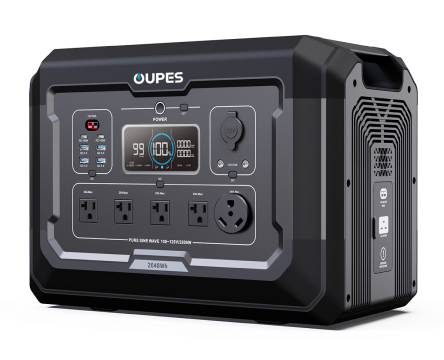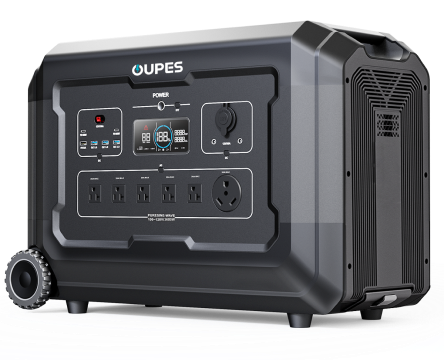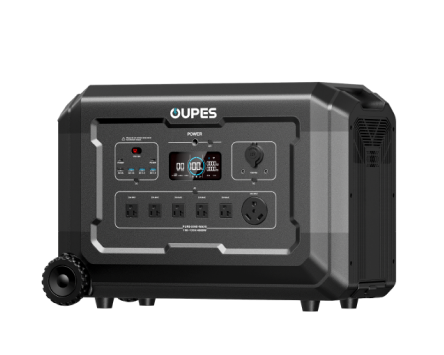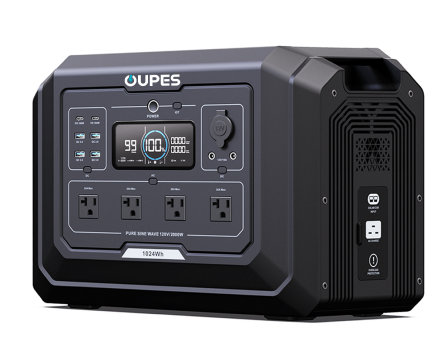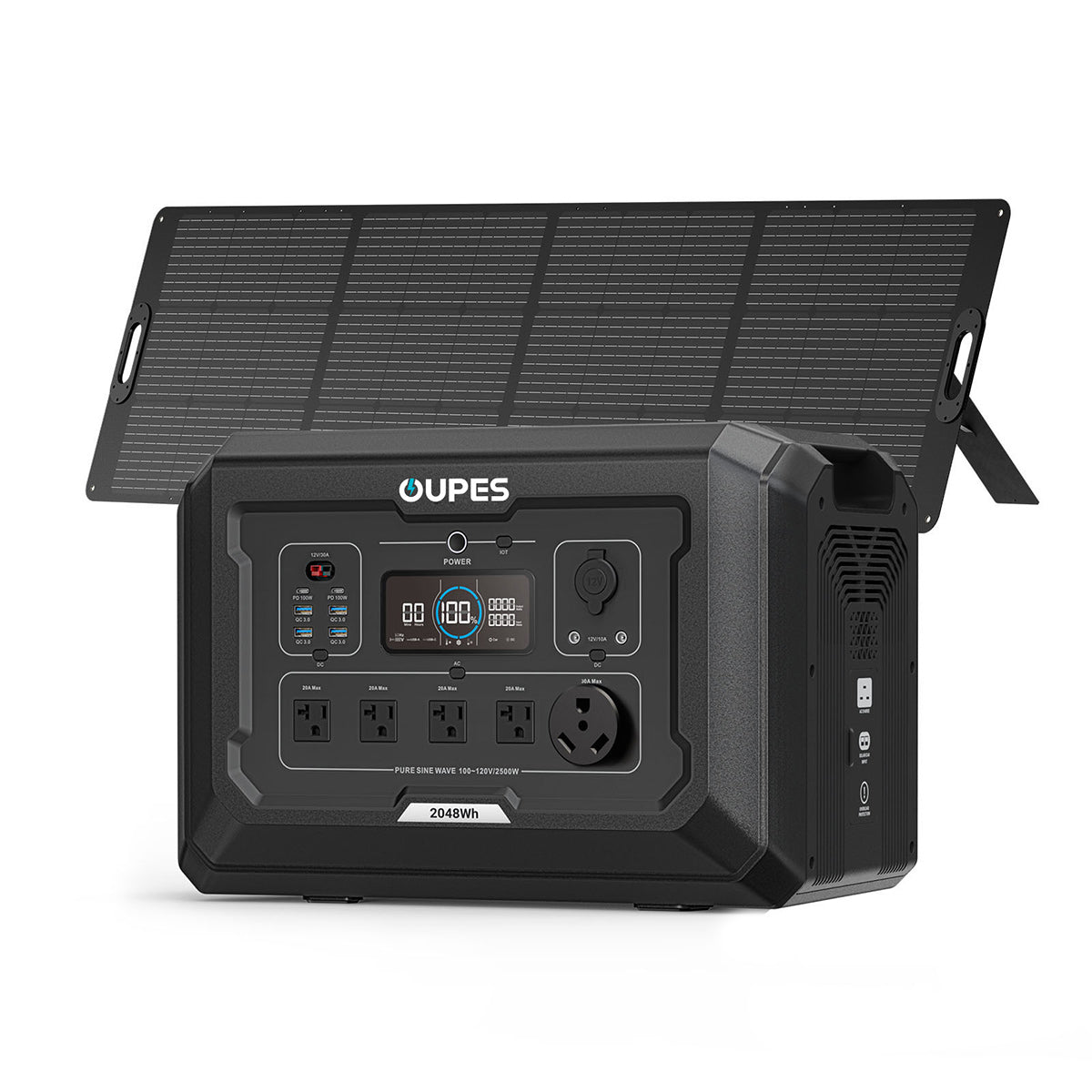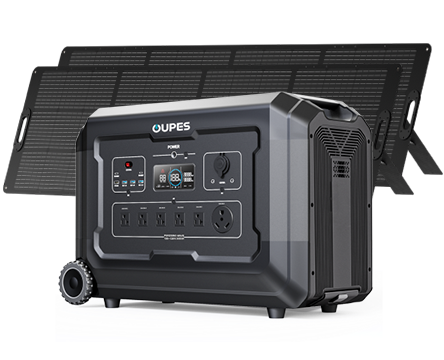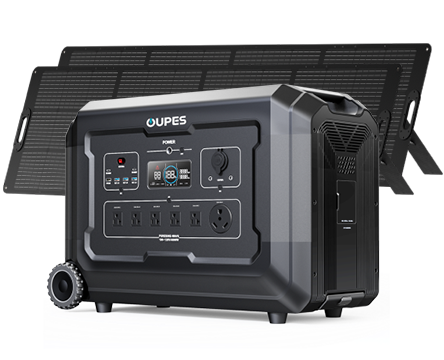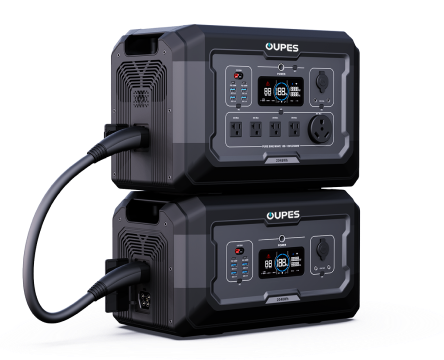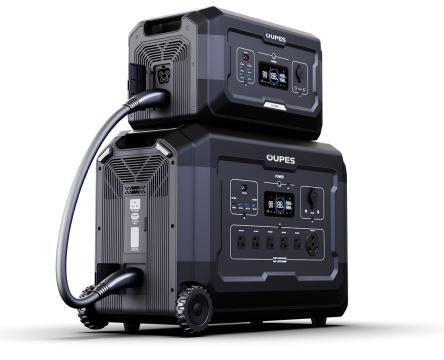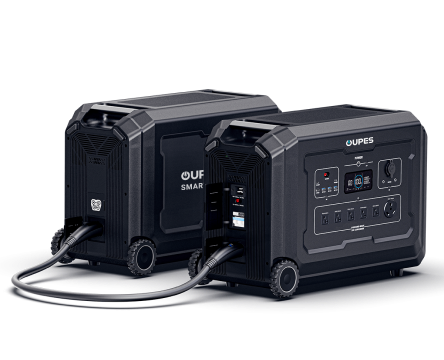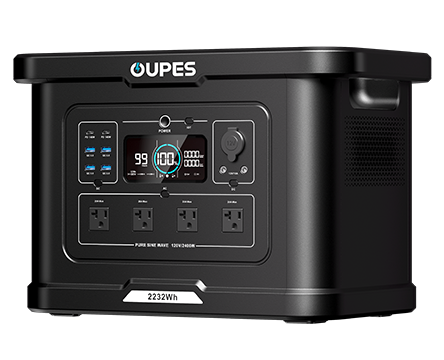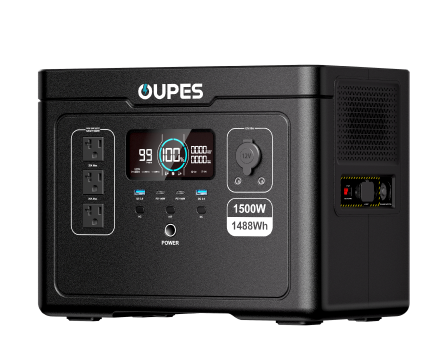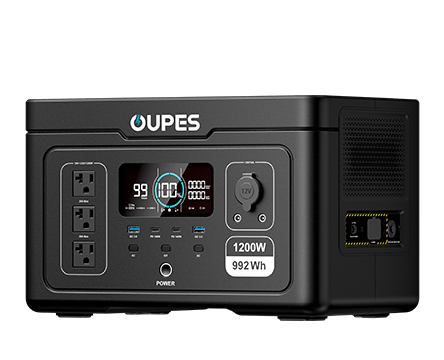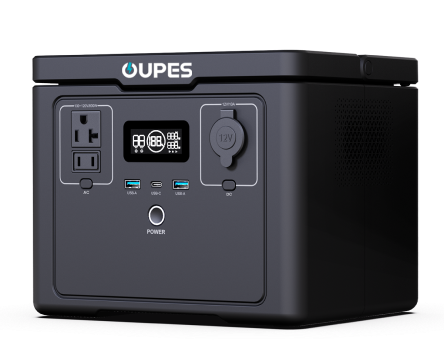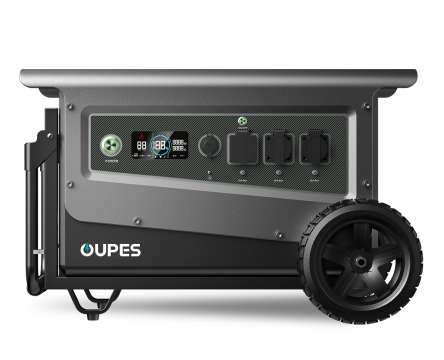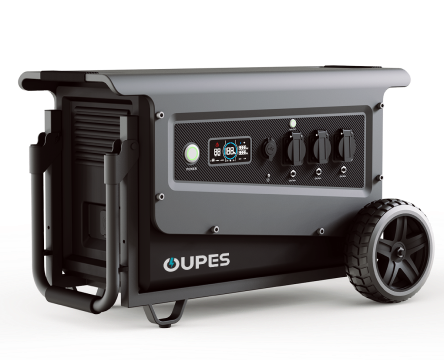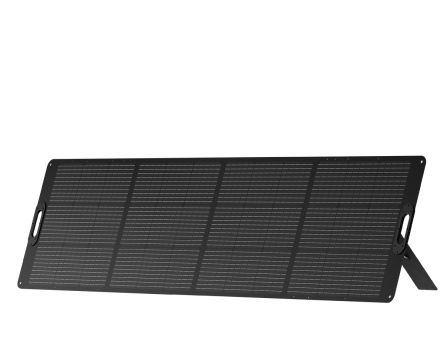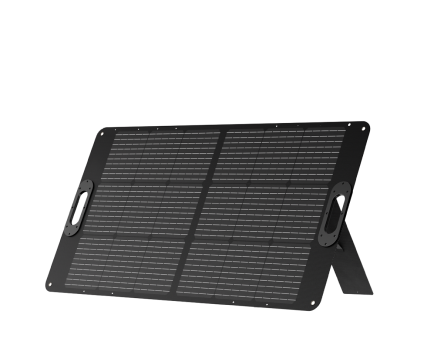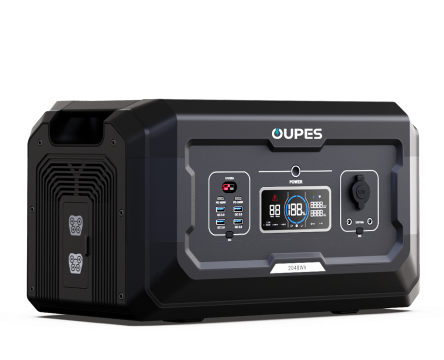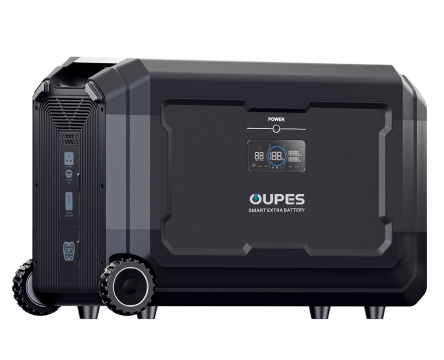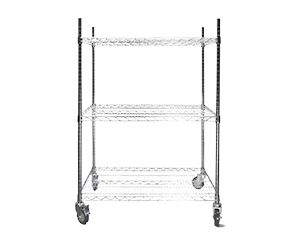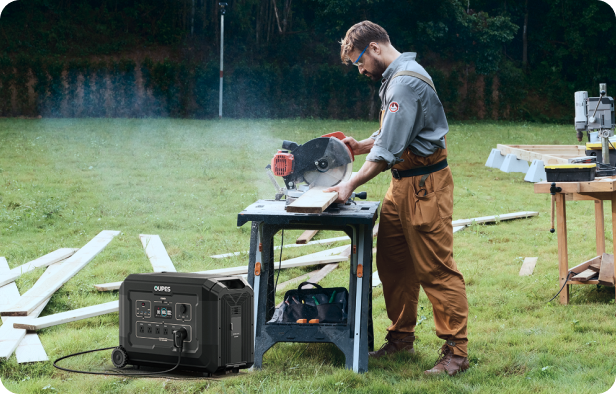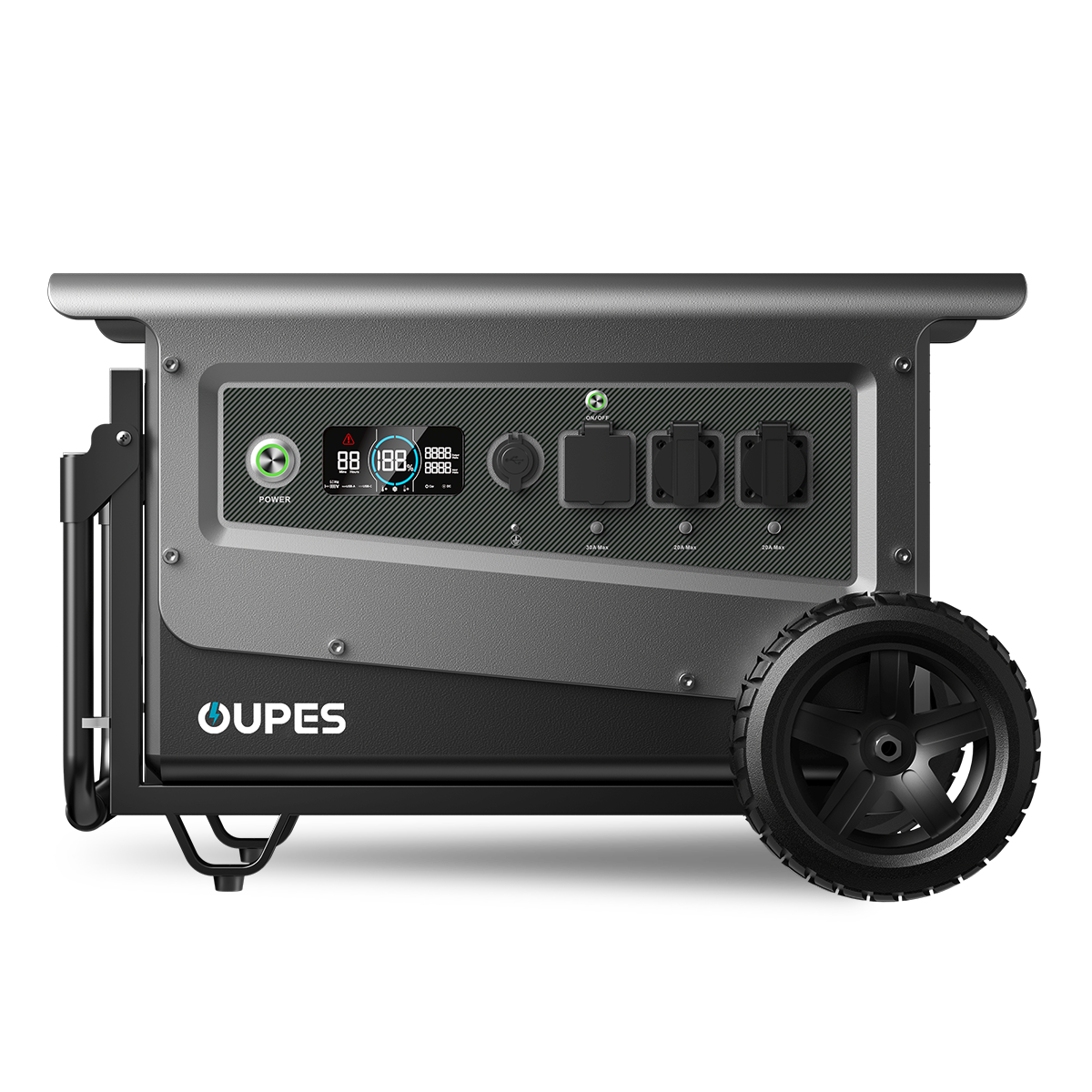
As the world grows more dependent on electricity, the demand for reliable power sources in various settings, such as homes, camping sites, outdoor activities, and construction sites, has skyrocketed. Traditionally, conventional generators have been the go-to solution for providing backup power or off-grid energy. However, in recent years, portable power stations have emerged as a competitive alternative, offering a quieter, cleaner, and more compact energy solution. But which is truly superior? In this article, we will dive deep into a comparison between portable power stations and conventional generators, weighing the pros and cons of each to help you make an informed decision on which power source suits your needs best.
Understanding Conventional Generators
Conventional generators have been in use for decades, and they remain the preferred power source for many due to their robust and reliable nature. These generators are typically fueled by gasoline, diesel, or propane and work by converting mechanical energy into electrical energy, which is then distributed to power appliances, tools, and equipment. The primary advantage of conventional generators is their ability to produce a significant amount of power over extended periods. This makes them an ideal choice for large homes, job sites, or events where a high power output is required.
One of the major strengths of conventional generators is their fuel versatility. Gasoline, diesel, and propane are all widely available, and each fuel type offers specific benefits in terms of cost, availability, and storage. Diesel generators, for example, tend to be more fuel-efficient and last longer, making them suitable for long-term use. However, conventional generators tend to be large, heavy, and noisy. They can be cumbersome to transport and require maintenance, especially when left unused for extended periods.
Another drawback of conventional generators is their environmental impact. The emissions produced by gasoline and diesel engines contribute to air pollution, which is a growing concern for many. Furthermore, the noise generated by conventional generators can be disruptive, especially in residential areas or natural settings. Despite these drawbacks, conventional generators remain a popular choice for those who need a reliable, high-output power source and are willing to manage the maintenance, fuel, and noise factors.
Portable Power Stations: The New Alternative
Portable power stations, sometimes referred to as solar generators, have gained popularity in recent years due to their convenience, portability, and eco-friendly features. These power stations typically use lithium-ion or LiFePO4 batteries to store and deliver energy, making them quieter and cleaner than conventional generators. Most portable power stations can be charged through an outlet, a car, or even solar panels, making them an attractive option for those looking to reduce their reliance on fossil fuels.
One of the main selling points of portable power stations is their compact size and light weight. Unlike conventional generators, which can be bulky and require significant storage space, portable power stations are designed to be easily transported from one location to another. Whether you’re camping in the wilderness, traveling in an RV, or simply need backup power for your home, portable power stations can be conveniently carried and stored without taking up much room.
In addition to their portability, portable power stations are also much quieter than conventional generators. This makes them an ideal solution for camping, outdoor activities, or situations where noise could be a disturbance. Many portable power stations also come with built-in battery management systems, which protect the batteries from overcharging, overheating, and deep discharges. This added layer of protection helps ensure the longevity of the power station, making it a solid investment for long-term use. Additionally, many models are equipped with multiple output options, such as AC outlets, USB ports, and DC carports, allowing you to charge or power a wide range of devices simultaneously.
Power Output and Performance Comparison
When comparing portable power stations to conventional generators, one of the most important factors to consider is power output and performance. Conventional generators are known for their ability to deliver high power outputs, often ranging from several thousand to tens of thousands of watts. This makes them suitable for powering large appliances, heavy machinery, and multiple devices at once. For example, a conventional generator might be able to power a whole house during a power outage or run several industrial tools on a construction site.
On the other hand, portable power stations generally offer lower power outputs compared to conventional generators. While they are more than capable of powering small electronics, appliances, and tools, their capacity is typically limited to several hundred to a few thousand watts. This makes them ideal for use in more energy-efficient situations, such as charging laptops, powering lights, or running a refrigerator during a camping trip. However, if you need to power larger devices or multiple devices over an extended period, a portable power station may not provide sufficient power.
Another consideration when comparing power output is runtime. Conventional generators, fueled by gasoline or diesel, can run for many hours or even days without needing to refuel. Portable power stations, while convenient, have a limited battery life and need to be recharged after a few hours of use, depending on the load. While some portable power stations can be charged via solar panels, the charging process may take several hours, depending on the solar panel output and the battery’s capacity. In this regard, conventional generators have the advantage of providing continuous power for long periods, while portable power stations are better suited for short-term, moderate power needs.
Environmental Impact and Noise Considerations
In today’s world, many consumers are increasingly concerned about the environmental impact of the products they use. Conventional generators, powered by gasoline, diesel, or propane, contribute to air pollution through the emissions they produce during operation. These emissions contain harmful gases such as carbon monoxide, nitrogen oxides, and particulate matter, which contribute to climate change and pose health risks. In addition to environmental concerns, the noise produced by conventional generators can be disruptive, especially in residential areas or natural environments like campsites.
Portable power stations, on the other hand, are much cleaner and quieter. Since they operate on stored electrical energy, they do not produce any emissions while in use. This makes them a more environmentally friendly option, particularly for those who want to reduce their carbon footprint. Additionally, portable power stations are much quieter than conventional generators. The noise produced by a portable power station is minimal, making them ideal for use in noise-sensitive environments such as campsites, parks, and even during power outages in residential areas.
Another key advantage of portable power stations is their ability to be charged using renewable energy sources, such as solar panels. This further reduces their environmental impact by relying on clean, sustainable energy to recharge the batteries. In contrast, conventional generators are dependent on fossil fuels, which have a negative impact on the environment and are not renewable. For those who prioritize sustainability and seek to minimize their carbon footprint, portable power stations present a clear environmental advantage.
Cost and Maintenance Factors
When it comes to cost, conventional generators typically have a lower initial purchase price compared to portable power stations. The price of a conventional generator can range from a few hundred to several thousand dollars, depending on the power output and features. Fuel for conventional generators is an ongoing cost, and depending on how often the generator is used, fuel expenses can add up over time. In addition, conventional generators require regular maintenance, including oil changes, air filter replacements, and other upkeep tasks, which can add to the total cost of ownership.
Portable power stations, on the other hand, tend to have a higher upfront cost, especially for models with larger battery capacities and advanced features. However, they have no ongoing fuel expenses, as they run on rechargeable batteries. Once you’ve purchased a portable power station, the only costs you’ll need to consider are charging the unit and replacing the battery once it reaches the end of its lifespan, which can be several years. Additionally, portable power stations are low maintenance, with minimal moving parts and no fuel to worry about, making them much easier to maintain compared to conventional generators.
While the higher initial cost of a portable power station may seem like a disadvantage, it’s important to consider the long-term savings in fuel and maintenance costs. Over time, the lack of fuel expenses and the minimal upkeep required can make portable power stations a more cost-effective solution, especially for those who only need a power source for occasional use or in emergencies. For users who require continuous, high-output power and are willing to manage fuel costs and maintenance, a conventional generator may still be the better option.
In conclusion, both portable power stations and conventional generators offer distinct advantages and disadvantages, and the best choice ultimately depends on your specific power needs and priorities. Conventional generators provide high power output, long runtime, and fuel versatility, making them ideal for large-scale operations or situations that demand consistent, high-output power. On the other hand, portable power stations offer quieter, cleaner, and more convenient power, making them an excellent choice for those who prioritize portability, environmental sustainability, and low maintenance. By evaluating your power requirements, environmental concerns, and budget, you can make an informed decision on which power solution is best for you.

